By Dr. Christine Blondeel, Midwife specialized in pelvic floor rehabilitation at Aventino Medical Group, Rome
Introduction: Understanding the pelvic floor to break taboos
The pelvic floor is a group of muscles and tissues that support essential organs such as the bladder, uterus, and rectum. Despite its fundamental role, it is still a little-discussed subject, often surrounded by cultural taboos. Many women live with urinary leaks, a feeling of heaviness, or pain, believing these to be “normal” discomforts linked to age or childbirth. In reality, they are not!
Pelvic floor rehabilitation, through targeted programs, helps restore function, muscle tone where needed, or conversely relaxation and well-being, thus improving quality of life. According to the International Urogynecological Association, personalized rehabilitation pathways significantly reduce urinary incontinence and improve sexual health and psychological well-being.
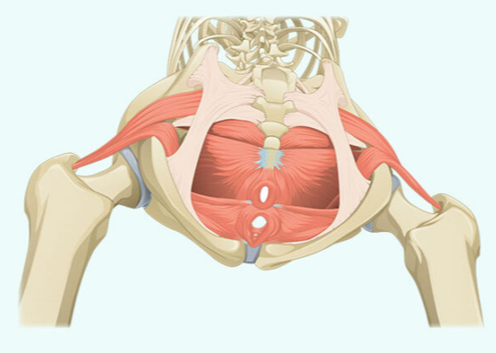
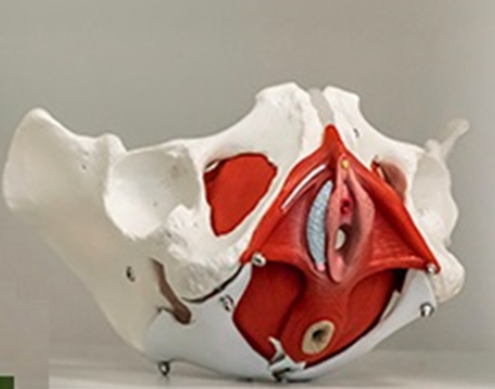
What is the pelvic floor and why is it important?
The pelvic floor is a muscular structure that acts as a “support hammock” for pelvic organs. Its proper function is essential for urinary and fecal continence control, lumbar stability, and sexual health. When it loses tone and elasticity, it can cause symptoms such as incontinence, chronic pelvic pain, prolapse, or difficulties in sexual relations. Many studies, including those published in the Journal of Women’s Health, show that prevention and targeted training of these muscles reduce the risk of disorders even during menopause. Talking about the pelvic floor means talking about women’s health as a whole, breaking the silence that has too often limited the quality of life for many women.
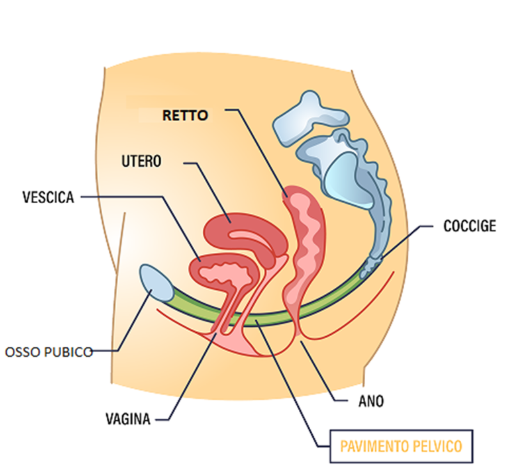
What is pelvic floor rehabilitation?
Pelvic floor rehabilitation programs are personalized pathways, tailored to the needs of each patient. They may include guided Kegel exercises, body awareness techniques, biofeedback, electrostimulation, and postural education. The goal is to restore pelvic floor muscle function, improve control, and promote well-being. Guidelines from the European Urology Association confirm that rehabilitation can reduce urinary incontinence episodes by up to 70% in women with mild symptoms and significantly improve quality of life. The approach is non-invasive and progressive, with concrete results often visible after just a few weeks. At Aventino Medical Group, programs are led by a midwife specialized in pelvic floor rehabilitation, in close collaboration with the gynecologists and urologists of the center.
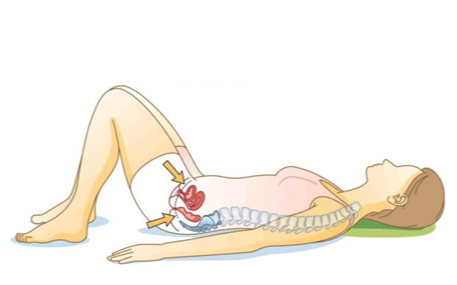
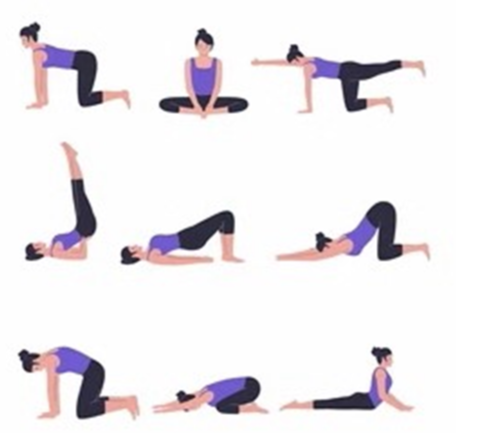
When to consult a specialist? Acting early is the key to regaining well-being
Many women wait too long before consulting a professional, normalizing symptoms such as small urinary leaks, pain during intercourse, or a feeling of pelvic heaviness. In reality, the earlier the intervention, the better the results. It is advisable to see a specialist after childbirth, at menopause, or as soon as the first symptoms appear.
At Aventino Medical Group, the midwife specialized in pelvic floor rehabilitation works in synergy with gynecologists and urologists, offering a multidisciplinary, women-centered approach. This pathway not only resolves bothersome symptoms but also restores confidence, energy, and freedom.
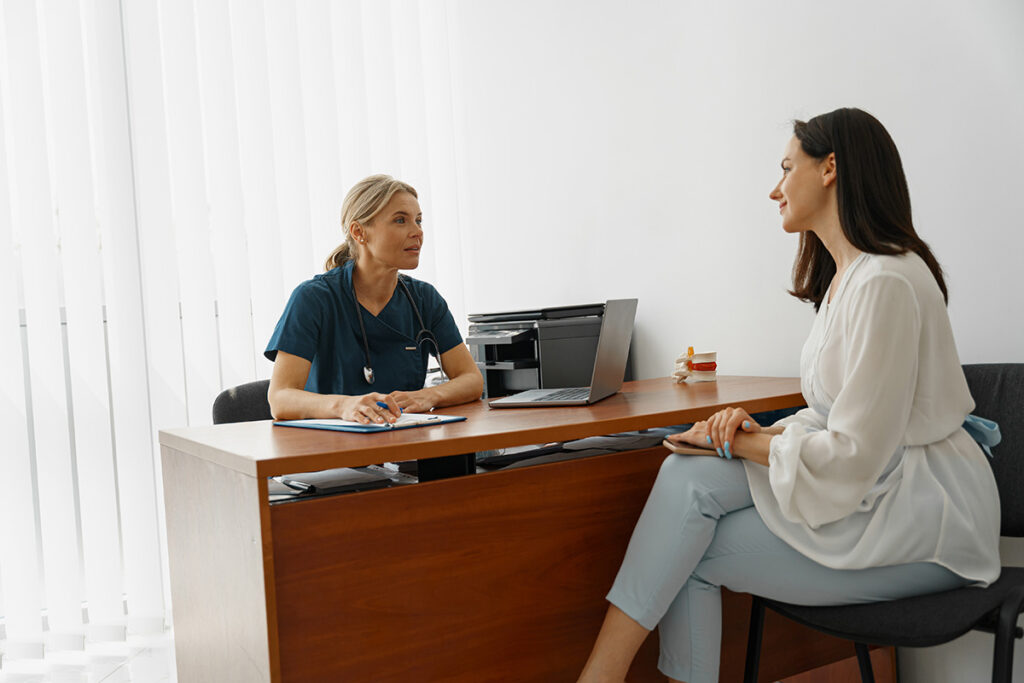
Conclusion: Investing in women’s health
The pelvic floor is a cornerstone of women’s health, but still too little known. Disorders such as incontinence and pelvic pain should not be accepted as inevitable: with targeted rehabilitation programs led by experienced professionals, it is possible to return to a serene and active life.
👉 Don’t wait: book a consultation with our midwife specialized in pelvic floor rehabilitation at Aventino Medical Group in Rome to find the pathway best suited to your needs.
